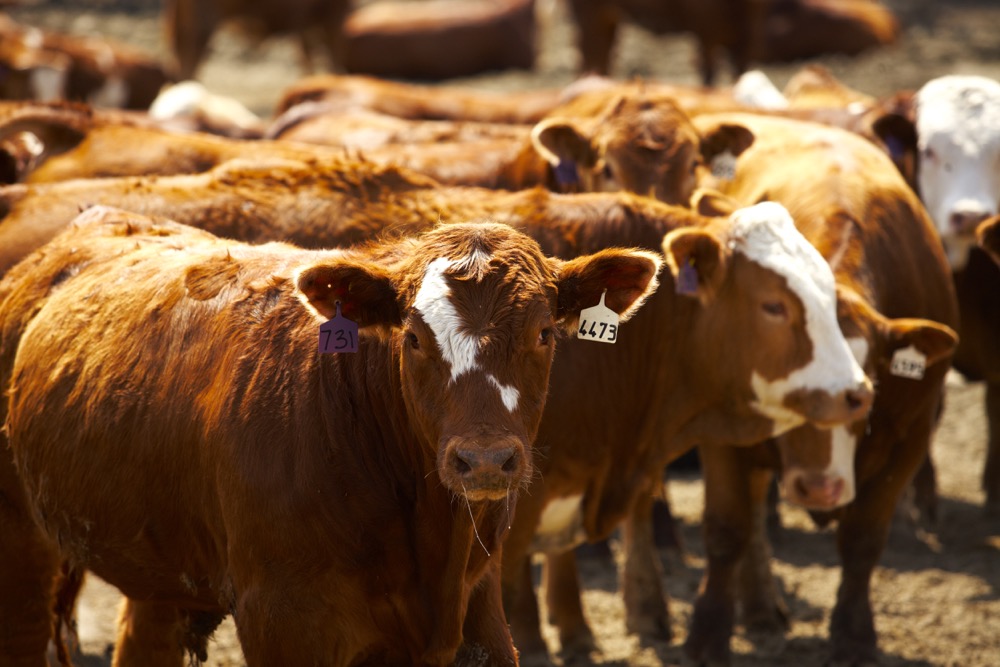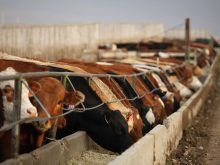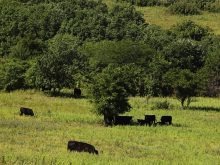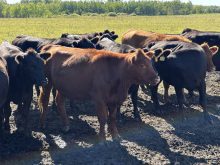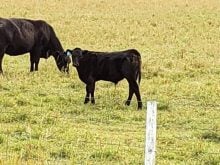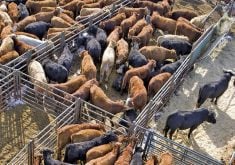I’ve received many inquiries from producers about the feeder cattle market. Many cow-calf operators don’t understand the overall supply and demand factors for analyzing the feeder market.
Sometimes I hear comments such as “just because there is more supply, why should the price go down?” Secondly, these producers often complain that there is not enough information about the feeder market to make a timely decision — therefore, producers make random decisions. I often ask a producer if they have a five-year plan. Many producers plan day-by-day rather than having a five or 10-year strategy.
Read Also
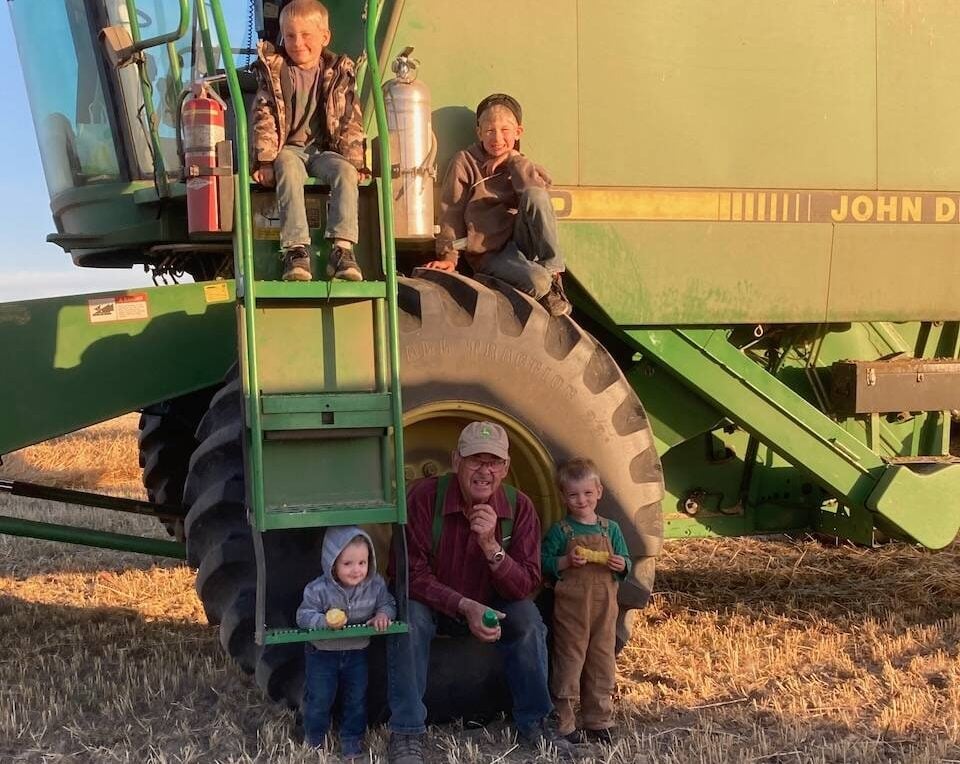
Harvest wraps up and fall work begins
At the Eppich famly ranch in western Saskatchewan, the fall harvest was successful with few breakdowns, cows and calves have been sorted and a new tractor has arrived
In University, there is a fair amount of time devoted to learning about the feeder cattle market. It’s a purely competitive market with limited or no government intervention. This tells us in the long run, there is no margin. One has to be smarter than the group or have economies of scale to compete long term. In this column, I will provide a basic theory of the feeder market. I will use this theory to forecast price behaviour over the next six to 12 months. Hopefully, this will help you be more profitable and provide information for a longer-term strategy for your operation.
Look ahead one year
When looking at any market, one has to start by asking what the market needs to accomplish over the next year. At extremely low prices, the market discourages production and encourages consumption. At extreme highs, the market encourages production and rations demand. High prices discourage consumption.
The feeder market is somewhat unique for three reasons. First, there is no real equilibrium price range where we can say supply and demand are in balance. The market is either encouraging production or discouraging production. The market moves from extreme highs to lows.
Secondly, at extreme highs, the feeder market has an inverted supply curve. In a normal market, higher prices result in more supply coming on the market. For feeder cattle, there is a period where higher prices result in lower supplies coming on the market because of heifer retention.
Thirdly, in a normal market, low prices result in less supply coming on the market. Low feeder prices cause a temporary surge or increase in beef production. The higher cow slaughter and larger beef production tend to result in feeder cattle prices dropping to abnormal lows. This is a basic theory of the feeder cattle market and explains why it is unique. This also tells us there are significant opportunities if you know what to look for.
A look at the numbers
The U.S. beef cow slaughter from January through August was 2.353 million head, up 175,700 head from last year and up 273,800 head from the same timeframe of 2019. The cow slaughter has been higher each year since making a low in 2015. The U.S. calf crop peaked in 2018. The 2019 U.S. calf crop was down 721,000 head from 2018. The 2020 calf crop was down 455,000 head from 2019. We’re looking for another year-over-year calf crop decrease of 500,000 to 600,000 head for 2021. For 2022, I’m forecasting the U.S. calf crop to drop to 34.1 million head. This is similar to 2012 or 2013. The calf crop is dipping down to 10-year lows and the cow slaughter is reaching up to 10-year highs.
The Canadian calf crop has been relatively flat over the past four years, coming in at 4.3 million head. The marginal changes from year to year have not been sufficient to alter the market structure.
Expect a major rally
What does the feeder market need to accomplish over the next two years? The market needs to encourage production that will result in higher prices. I’m looking for a major rally in the calf market next spring. The expansion phase starts by tapering the cow slaughter pace. Secondly, heifer retention increases and thirdly, we see an increase in the calf crop. History tells us this takes about two years to accomplish all three steps in the expansion process.
The drop in the cow slaughter pace is expected to occur in the first half of 2022. Heifer retention will begin in the fall of 2022. We’ll likely see an increase in the calf crop in the latter half of 2023.
Bred heifers, cow-calf pairs and one- and two-year-old cows have been reasonably priced over the past few months. This is the opportunity for the cow-calf producer to expand the herd. Feed grain and forage prices are expensive, but it’s prudent to increase the herd so that you can take advantage of higher prices over the next couple of years. Interest rates have been at historical lows. Just like a factory is encouraged to expand in this economic environment, the cow-calf producer has to do the same. Inflation is running at four to five per cent year-over-year. If you don’t’ expand every year, your operation shrinks.
Good information an investment
When it comes to market information it is available from different sources but it’s not free. Cow-calf producers and backgrounding operations often tell me that “I’m just a small operation; I can’t afford market information.” My response is that if you don’t spend $1,000 to $3,000 on education, self-development or market intelligence per year, then you have other issues. Spend money on intelligence and on yourself to make yourself wiser. In a purely competitive market, you need to be smarter than your neighbour. Your long-term profitability and viability depend on it.


